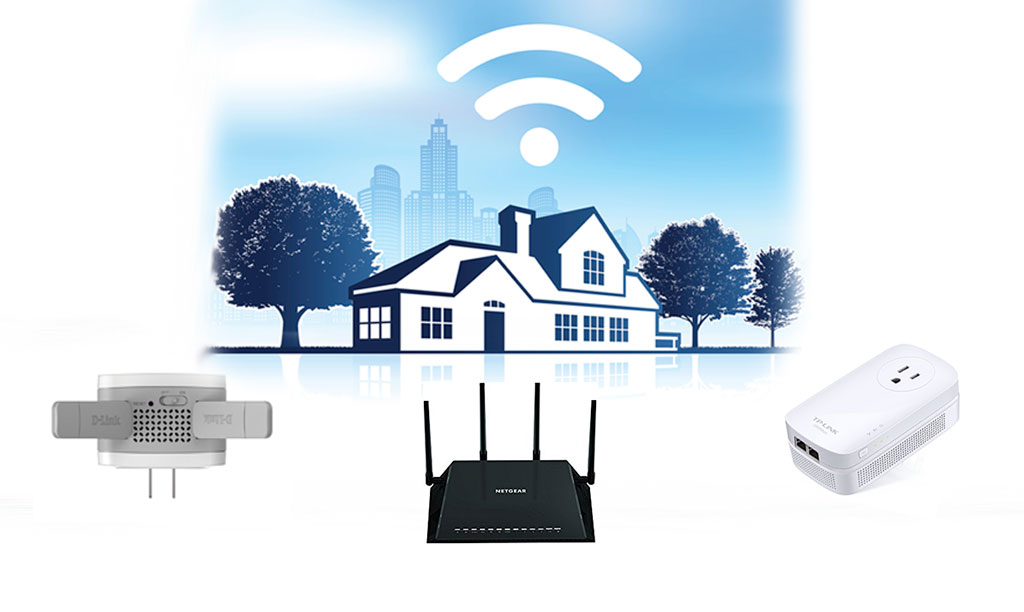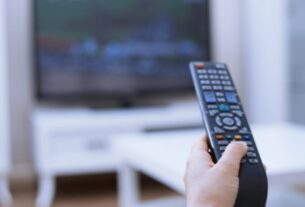The best cheap home internet option provides a relatively quick speed as well as additional benefits such as unlimited data and discounted rates on modem rental and installation. The most affordable Wi-Fi plans start at $20 per month, while plans with better service (and fewer hidden charges) start around $50 per fortnight.
The First Energy Home’s Affordable Connectivity Program allows millions of qualified families to save money on their monthly internet bills (ACP) and is a cheap home internet option. You might even be able to get free online services.
The Affordable Connectivity Program contributes $30 per month to a family’s internet bill. It has worked with 20+ internet providers to ensure that low-cost plans are available that allow qualified applicants to get internet for free once the $30 subsidy is tried to apply to their bill.
As the demand for fast internet has increased in the aftermath of the COVID-19 lockdown, some fibre internet providers have been racing to offer better deals at lower prices. So you should take advantage if you can get a plan like Optimum’s Fiber Internet 100 in your area because it means you’ll get excellent speeds and internet performance at a very reasonable price.
You can also get some decent cable plans for less than $50 per month. You won’t get the fast upload speeds of fibre, but you will get extremely fast download speeds from Xfinity’s Connect Mothings to think about when looking for cheap internet.
Things to think about when looking for a cheap home internet option;
- Prices during promotions: The majority of internet service providers (ISPs) start with a cheap price, but after 12 to 24 months, you should anticipate a price hike.
- Paperless billing and autopay: Nearly every online pricing that is quoted is based on the assumption that you would sign up for autopay and paperless billing. Remind yourself not to skip over this phase in the process.
- Bandwidth on the internet: If you are unable to use the internet, even the most affordable internet package is not worth it. Try to get download rates of at least 50 megabits per second from your internet provider, or visit our internet speed guide for some pointers.
- Will you lend out your equipment? Take into consideration the cost of the monthly rental if this is the case. Bear in mind, though, that carrying your gear will save you a significant amount of money.
- Expenses of installation: Be sure not to overlook the fact that the costs of installation might vary anywhere from $50 to $100. However, several Internet service providers (ISPs) now provide free self-installation kits, so you may be able to save costs in this area.
- Contracts and penalties for early termination: If your low-cost internet service comes with a contract, you should be aware that you may be subject to a substantial early termination charge (ETF). If you terminate your agreement before it’s up, you can be eligible for a payment of up to $500.
Internet service can be pricey, easily eating up $100 or more of a household’s monthly budget. This is especially true if you opt for a gigabit or multi-gig plan, which both come with higher data transfer rates. However, they are often the more expensive plans, and if all you want is a basic connection at a low cost, you should be able to get service for a price that is far lower than that. Many of the best internet service providers offer plans with prices ranging from $30 to $50 per month, and these plans do not need you to make substantial sacrifices in terms of connection quality or download speeds.
You will be able to get more use out of your internet bundle thanks to improvements that have been made to your regular internet service. The First Energy Home has the following characteristics, among others:
Access to the network
If you want to keep in touch while you’re out and about, you’ll need to ensure that you have access to Wi-Fi hotspots everywhere you go. If you can connect to the internet while travelling without paying any expenses, then there is no need for you to use up all of the data that is included in your data plan.
Connections of mesh
If you improve your experience with Wi-Fi, you will be able to eliminate “dead zones” that are located throughout your home. To ensure that your signal can be picked up in every one of the rooms in your home, a technician will go to your location and set up beacons.
If you reside in a more remote place, looking into First Energy Home is something you should do. However, it can be worthwhile to investigate the many different sources that are accessible at the site to see which one offers more comprehensive coverage in your region.




